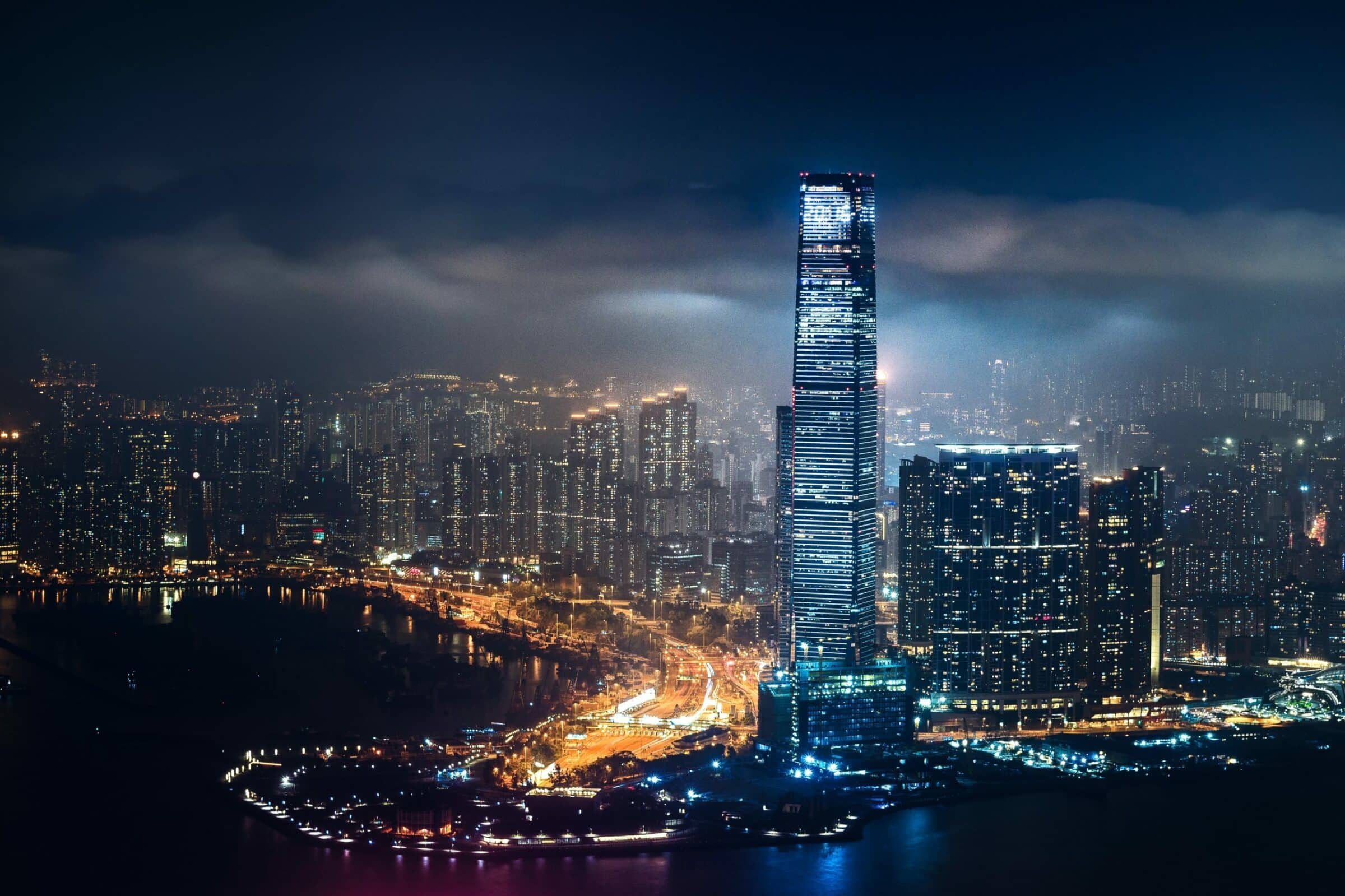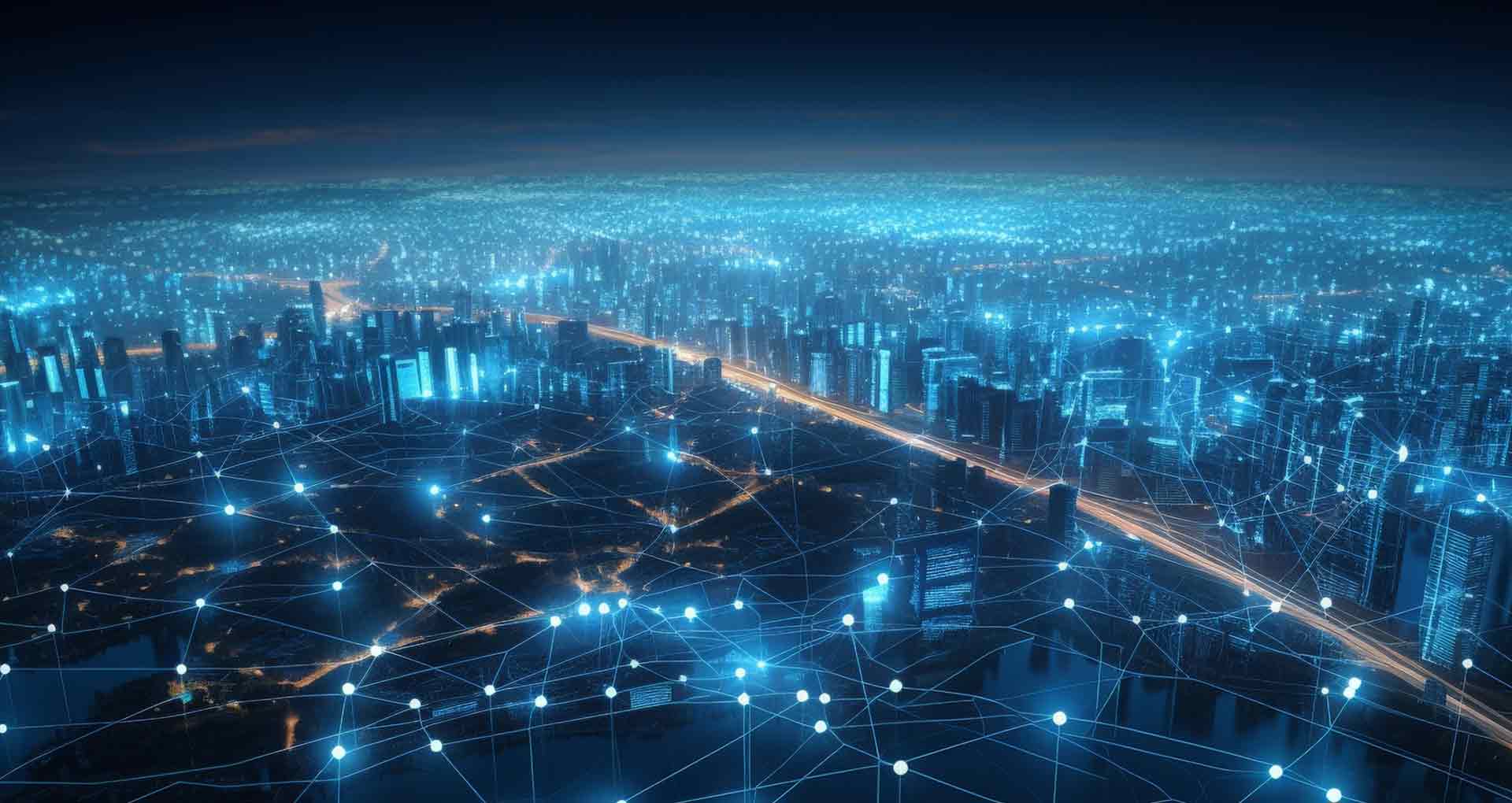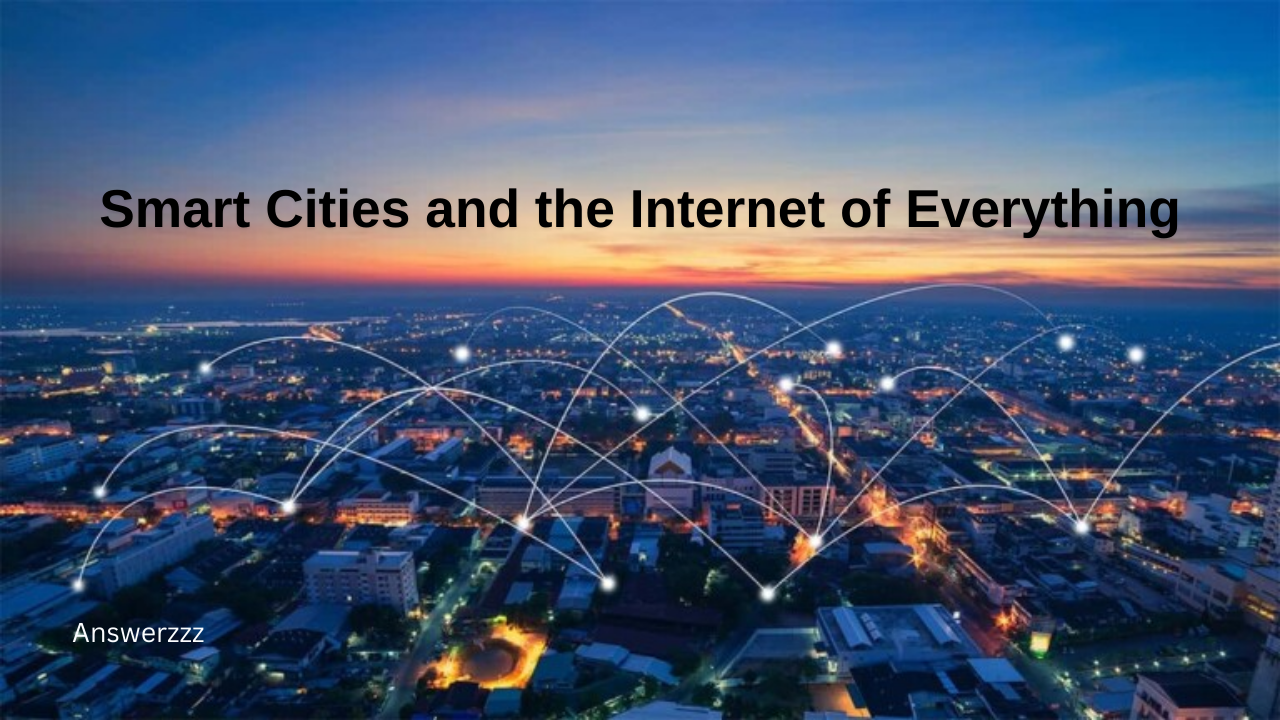The concept of smart cities, where urban environments are transformed through cutting-edge technologies, is fast becoming a reality. In 2025, the integration of smart city innovations with the Internet of Everything (IoE) will revolutionize how people live, work, and interact with their surroundings. This combination of digital infrastructure, data analytics, and connected devices is expected to enhance the efficiency of urban systems, promote sustainability, and improve the quality of life for residents.
This article will explore what we can expect in 2025 when it comes to smart cities and the IoE. It will examine the technologies that will drive the development of urban environments, the sectors that will benefit the most, and the challenges that cities may face in adopting these advancements.
Understanding Smart Cities and the Internet of Everything

What is a Smart City?
A smart city uses advanced technologies such as sensors, data analytics, and the Internet of Things (IoT) to manage resources, infrastructure, and services more efficiently. This includes transportation, energy, water supply, waste management, and public services. The goal is to create a more sustainable, livable, and efficient urban environment.
In smart cities, data is continuously collected and analyzed from various sources, such as connected devices, social media, and government databases, to monitor and manage urban operations. This allows cities to respond in real-time to challenges like traffic congestion, air quality, and emergencies, while also planning for future growth.
What is the Internet of Everything (IoE)?
The Internet of Everything (IoE) is a more expansive concept than the Internet of Things (IoT). While IoT focuses on connecting devices, IoE encompasses people, processes, data, and things. IoE leverages the synergy between these elements to create new experiences and solutions, enhancing the intelligence of systems and their ability to adapt to human needs.
In an IoE environment, devices communicate with each other and with people, enabling smarter decision-making and automated processes. For example, sensors in a smart city can track air quality, temperature, and traffic, providing city officials and residents with real-time information to improve public services and optimize the use of resources.
The Intersection of Smart Cities and IoE in 2025
By 2025, the integration of smart cities and IoE will transform urban landscapes on a massive scale. City planners and governments will use IoE technologies to make data-driven decisions that address challenges such as population growth, climate change, and infrastructure strain. This transformation will be visible across various sectors, including transportation, energy, healthcare, and public safety.
The Future of Work: How Tech 2025 Will Redefine Jobs and Remote Collaboration
Key Technologies Powering Smart Cities and IoE in 2025
Several key technologies will drive the development of smart cities and the IoE in 2025, including 5G networks, edge computing, artificial intelligence (AI), and blockchain. These technologies will form the backbone of urban systems, enabling real-time data processing, communication between devices, and secure transactions.
1. 5G Networks
The rollout of 5G networks is a critical enabler for the growth of smart cities and IoE. With faster speeds, lower latency, and the ability to connect billions of devices, 5G will support a vast network of sensors, cameras, and connected infrastructure. This will facilitate real-time data transmission and improve communication between devices, allowing for smarter and more efficient urban systems.
For instance, in 2025, smart traffic management systems will use 5G to communicate with autonomous vehicles, reroute traffic to avoid congestion, and reduce energy consumption by optimizing traffic flow. The widespread adoption of 5G will also enhance public safety, as first responders can access real-time information during emergencies, improving response times and coordination.
2. Edge Computing
As cities become more connected, the sheer volume of data generated by IoE devices will necessitate faster and more efficient processing. Edge computing, which involves processing data closer to where it is generated rather than relying on centralized cloud servers, will play a vital role in smart cities.
In 2025, edge computing will enable faster decision-making in applications such as autonomous vehicles, smart grids, and predictive maintenance. For example, sensors in a smart building will use edge computing to detect issues like water leaks or energy inefficiencies in real-time, enabling immediate action to prevent costly damages.
3. Artificial Intelligence (AI)
AI will be central to the functioning of smart cities and the IoE in 2025. With the ability to analyze massive datasets, AI-powered systems will optimize everything from traffic management to energy consumption, healthcare services, and public safety.
In transportation, AI algorithms will process data from sensors, cameras, and GPS devices to reduce traffic congestion and improve public transit efficiency. AI-driven predictive analytics will also enable cities to anticipate infrastructure needs, such as repairing roads or expanding utilities, before issues arise. In healthcare, AI will enhance telemedicine services by analyzing patient data from wearable devices to provide real-time diagnostics and personalized treatments.
4. Blockchain
As cities become more connected, ensuring the security and privacy of data will be paramount. Blockchain technology, known for its ability to provide secure, transparent, and decentralized record-keeping, will play a crucial role in safeguarding IoE systems in 2025.
Blockchain will enable secure transactions and data sharing between connected devices, ensuring that sensitive information is protected from cyberattacks. For example, in a smart energy grid, blockchain can be used to securely track energy consumption and trading between homes and businesses, enabling more efficient and transparent energy markets.
Sectors That Will Benefit from Smart Cities and IoE in 2025
The integration of smart city technologies and IoE will transform various sectors, enhancing efficiency, sustainability, and the overall quality of life for urban residents.
1. Transportation
One of the most visible changes in smart cities by 2025 will be the transformation of transportation systems. Autonomous vehicles, smart traffic management, and connected public transit will reduce congestion, lower emissions, and improve safety.
Emerging Technologies to Watch in 2025: AI, Quantum Computing, and Beyond
Autonomous vehicles will communicate with smart infrastructure, such as traffic lights and road sensors, to optimize routes and reduce traffic jams. Electric and shared vehicles will become more prevalent, reducing the environmental impact of urban transportation. Additionally, smart public transit systems will use real-time data to optimize schedules, reduce waiting times, and improve passenger experiences.
2. Energy
Smart grids, renewable energy, and energy-efficient buildings will become the norm in smart cities by 2025. IoE-connected sensors and AI-driven systems will monitor energy consumption in real-time, enabling cities to reduce waste and optimize energy distribution.
For example, smart grids will dynamically balance energy supply and demand, integrating renewable energy sources like solar and wind into the grid. Buildings will use IoT sensors to monitor energy usage, automatically adjusting lighting, heating, and cooling systems to reduce consumption. Residents will also benefit from smart home technologies, such as connected appliances and energy-efficient lighting, to reduce their carbon footprint.
3. Healthcare
The healthcare sector will see significant advancements as a result of IoE integration in smart cities. In 2025, telemedicine, wearable devices, and AI-powered diagnostics will improve access to healthcare services and enhance patient outcomes.

Wearable devices will continuously monitor vital signs, such as heart rate and blood pressure, providing real-time data to healthcare providers. This will enable personalized treatments and early detection of potential health issues. Telemedicine services, powered by AI, will allow patients to consult with doctors remotely, reducing the need for in-person visits and easing the burden on healthcare facilities.
4. Public Safety
Public safety will be a top priority for smart cities in 2025, with IoE technologies playing a crucial role in crime prevention and emergency response. AI-powered surveillance systems, connected sensors, and real-time data analytics will improve the ability of law enforcement and emergency services to respond to incidents.
For example, AI-powered cameras will detect suspicious behaviour, alerting authorities in real time to potential security threats. Drones and robotics will assist first responders in assessing dangerous situations, such as natural disasters or accidents, while real-time communication networks will improve coordination between different agencies.
5. Environmental Sustainability
Smart cities in 2025 will prioritize sustainability by using IoE technologies to reduce waste, conserve resources, and minimize the environmental impact of urban living. Smart waste management systems, for example, will use sensors to monitor the fill levels of trash bins, optimizing collection routes and reducing the number of trips made by waste disposal trucks.
Additionally, smart water management systems will monitor water usage and detect leaks in real-time, preventing water waste. Urban planners will use data analytics to design green spaces, reduce heat islands, and improve air quality, making cities more livable and environmentally friendly.
Challenges and Considerations for Smart Cities in 2025
Tech 2025: The Next Wave of Innovation and What It Means for You
While the benefits of smart cities and the IoT are undeniable, several challenges must be addressed to ensure their successful implementation by 2025.
1. Data Privacy and Security
As cities become more connected, the amount of data generated will increase exponentially. Ensuring the privacy and security of this data will be a major challenge. Cities will need to implement robust cybersecurity measures to protect against data breaches, hacking, and other cyber threats. Blockchain technology will help, but governments must also establish clear regulations to protect citizens’ personal information.
2. Infrastructure Costs
Building smart cities will require significant investment in infrastructure, including 5G networks, IoT devices, and data centres. Governments and private enterprises must collaborate to finance these projects, ensuring that cities can afford to implement smart technologies without overburdening taxpayers.
3. Digital Divide
The digital divide—the gap between those with access to technology and those without—could widen as smart cities become more reliant on IoE technologies. Ensuring that all citizens, regardless of income or location, have access to the benefits of smart city innovations will be crucial for promoting social equity.
4. Regulatory Challenges
As smart cities evolve, governments will need to develop new regulations to address issues such as data privacy, cybersecurity, and the ethical use of AI. Policymakers must strike a balance between encouraging innovation and protecting citizens’ rights.
By 2025, smart cities and the Internet of Everything will have transformed urban environments, improving efficiency, sustainability, and quality of life. Key technologies such as 5G, AI, and blockchain will drive the development of smart infrastructure, while sectors such as transportation, energy, healthcare, and public safety will see significant advancements.
However, challenges related to data privacy, infrastructure costs, and the digital divide must be addressed to ensure that smart cities are inclusive and secure. With careful planning and collaboration between governments, businesses, and citizens, the cities of 2025 will be smarter, more connected, and more sustainable than ever before.




